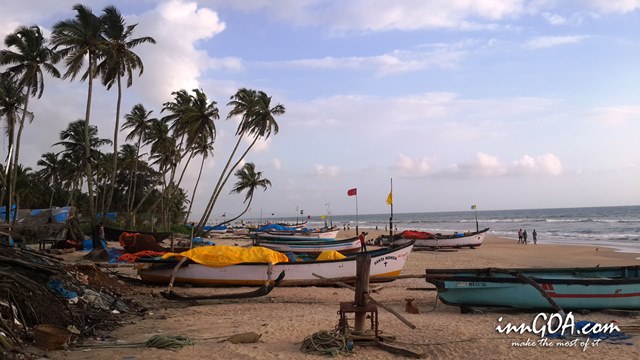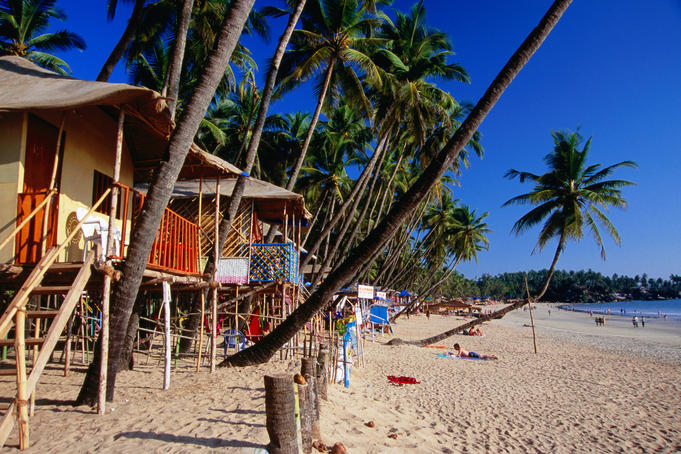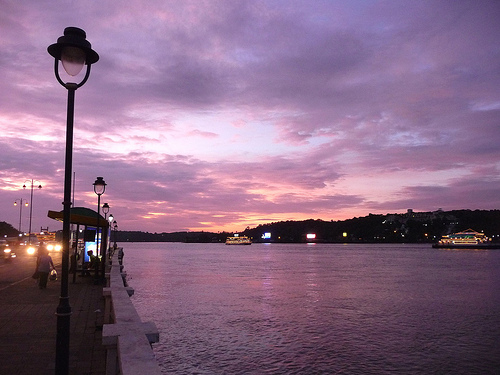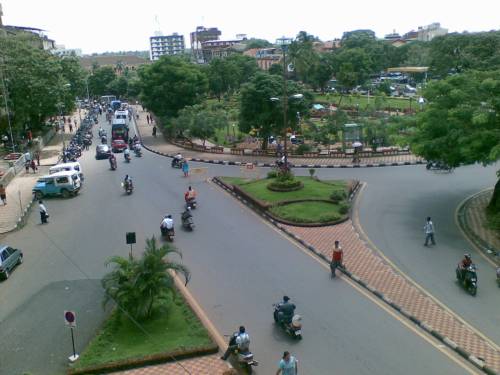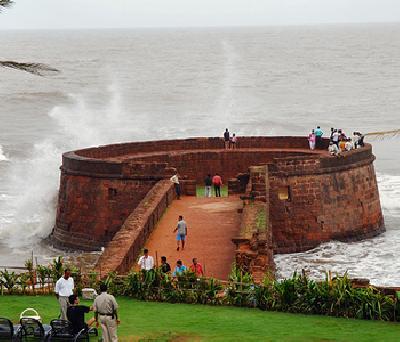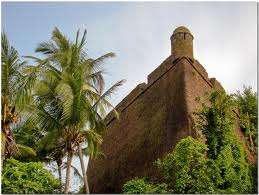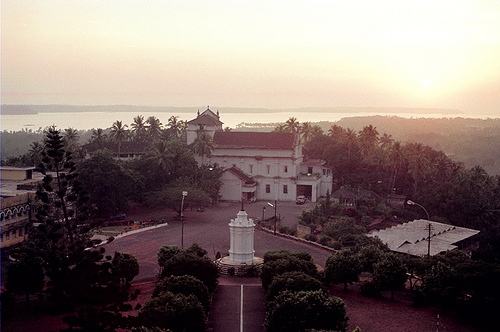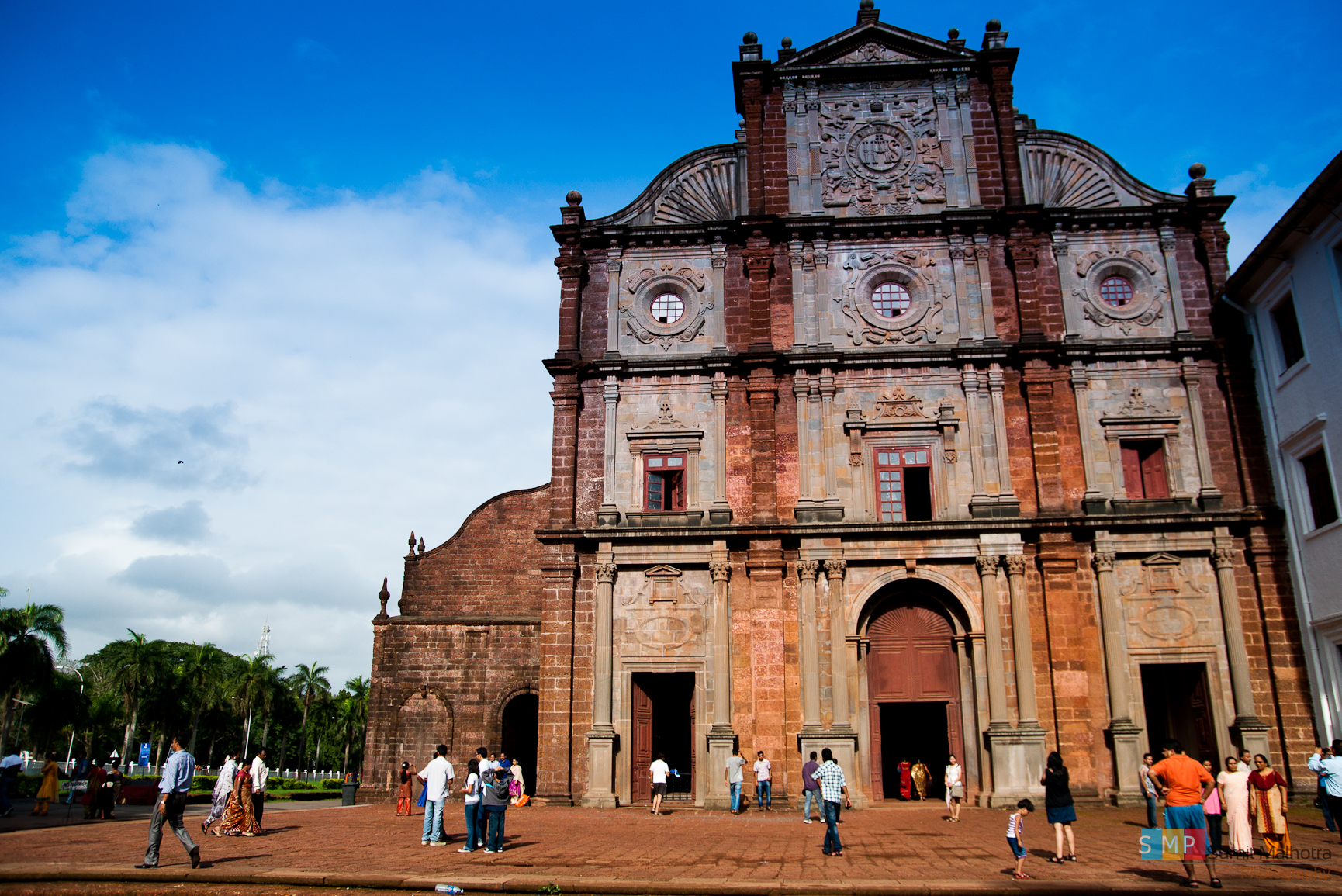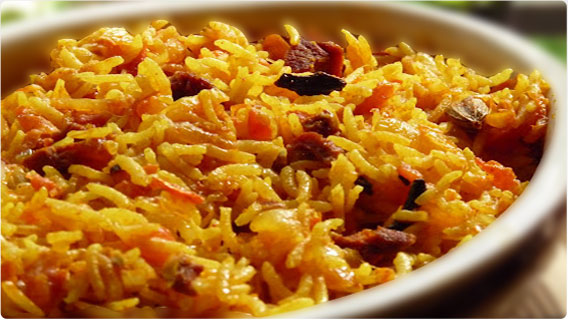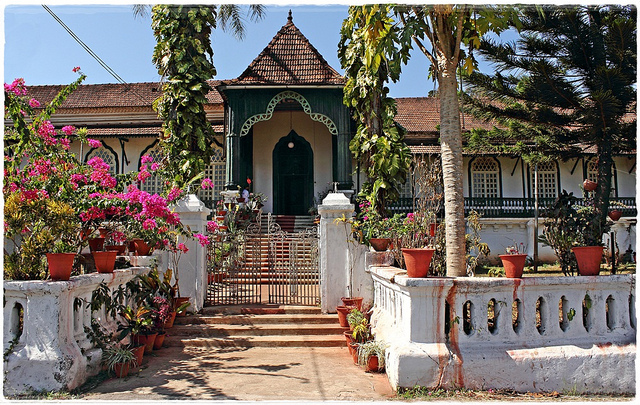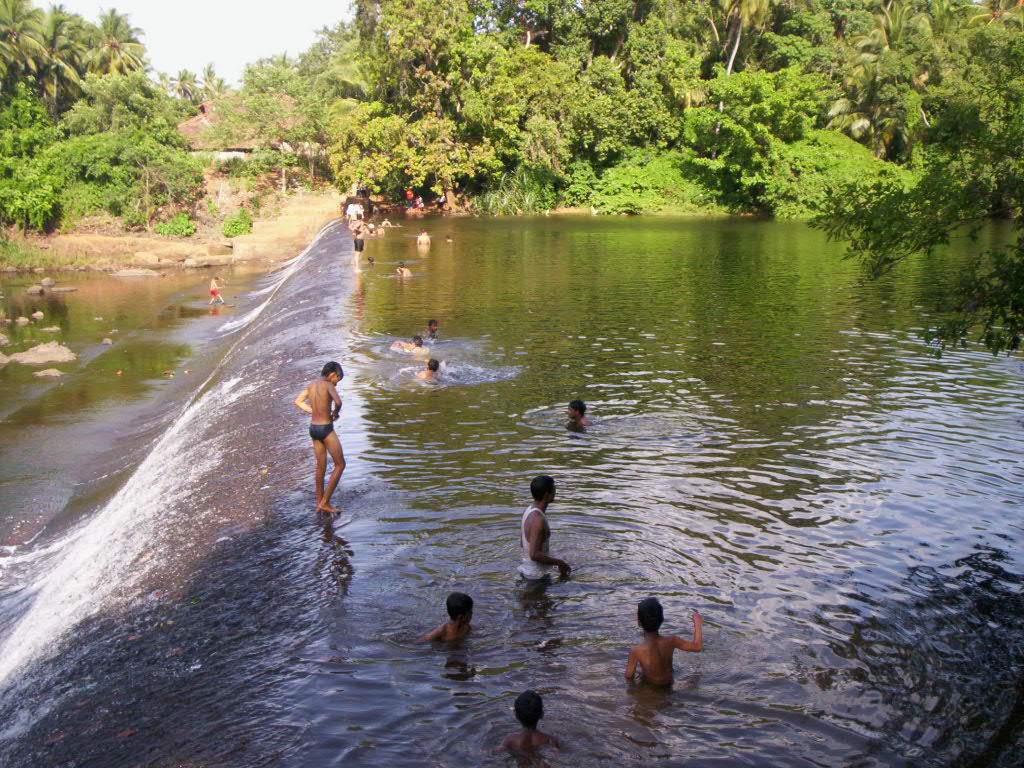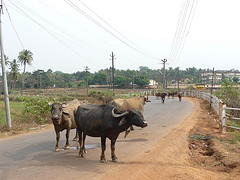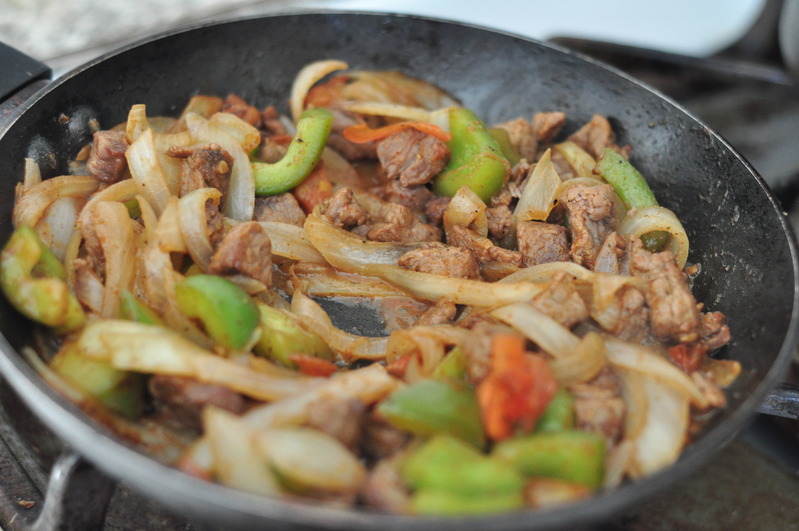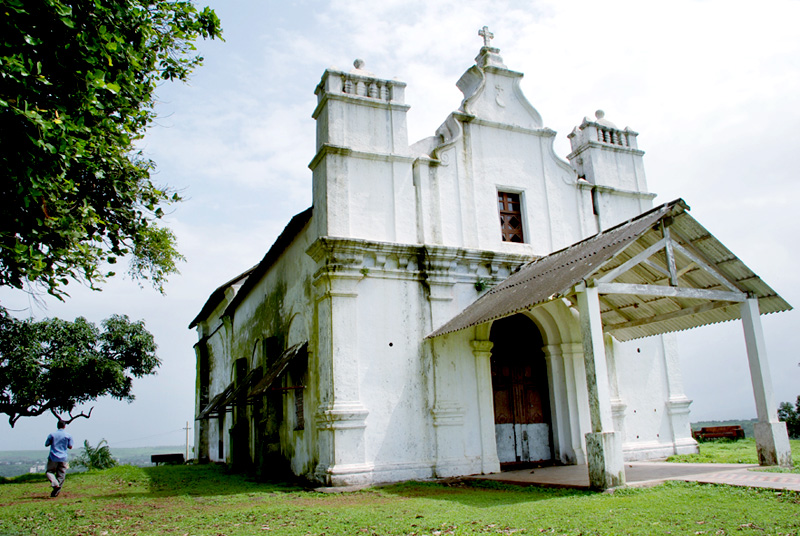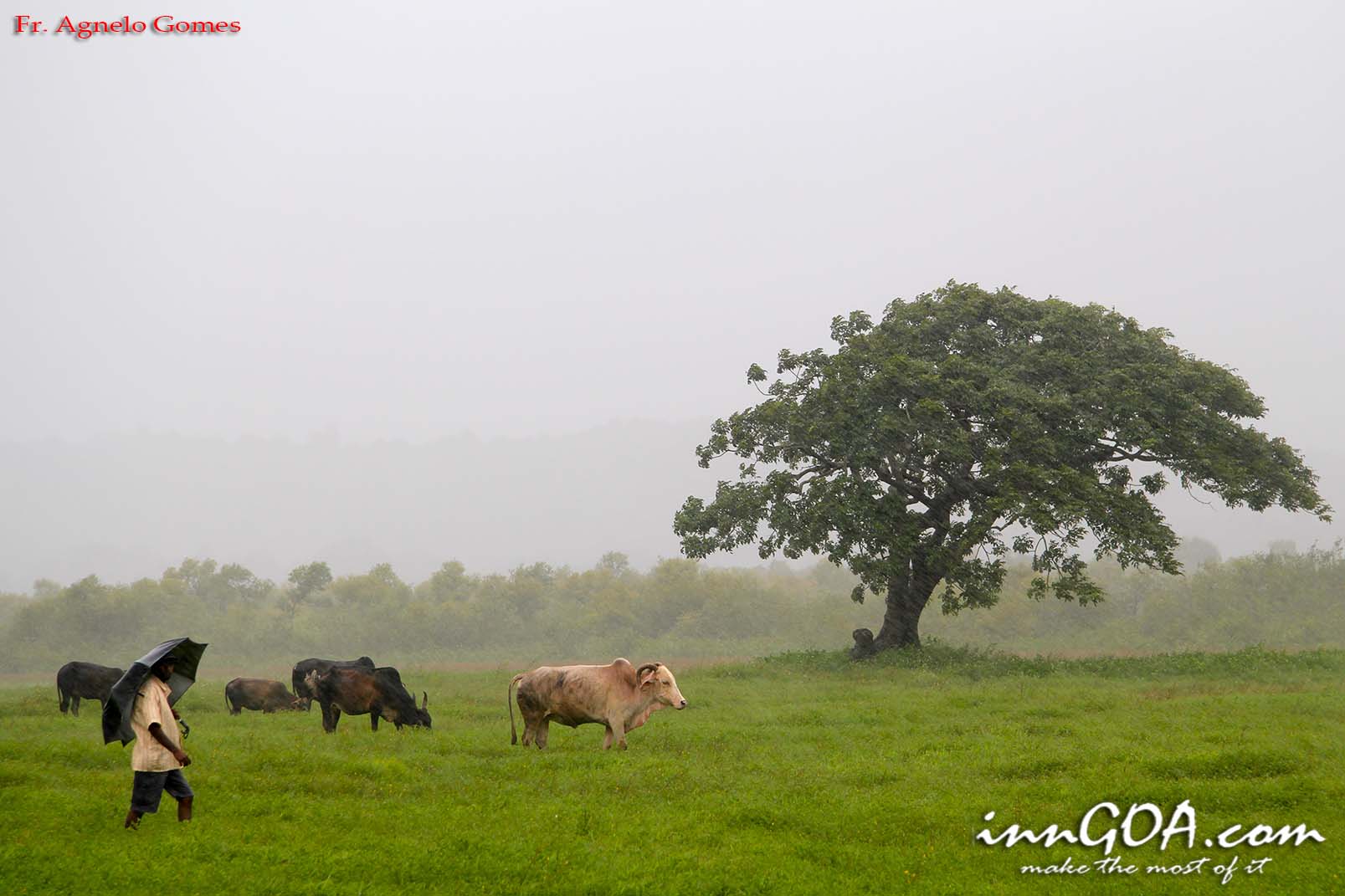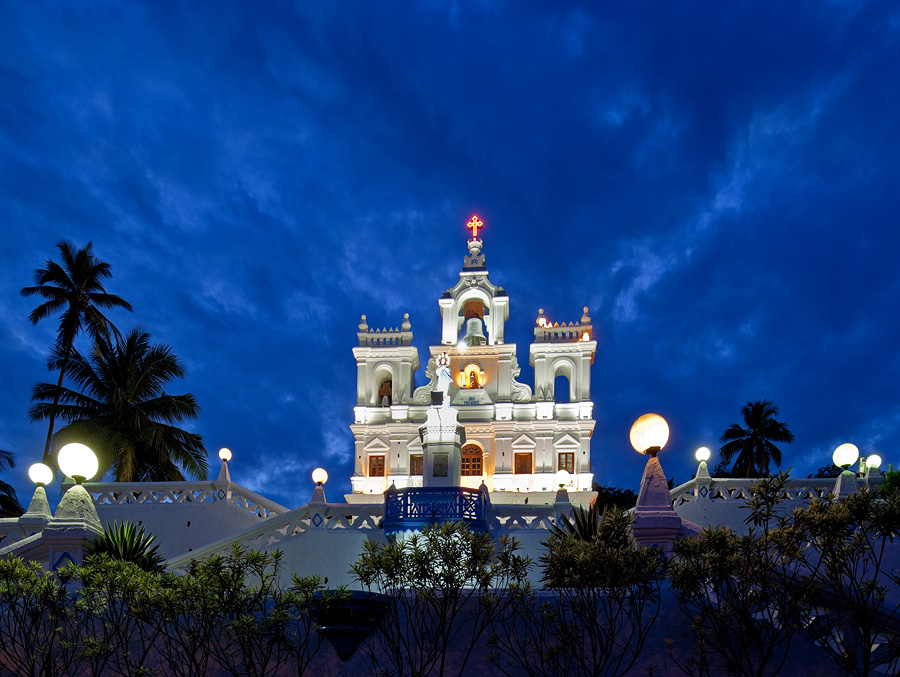The Glimpses of Loutolim Village
Loutolim is among one of Goa’s delightful villages, with lush green paddy fields and tranquil village roads that lie under a canopy of forest trees with a population of around 10,000. It is situated in the Salcete taluka of South Goa and is around 10 kms away from Margao. It’s beautiful, scenic surroundings, cool breeze, green hills and blue rivers is joy forever. The river Zuari flows along one side of Loutolim and it is surrounded by the villages of Verna, Raia, Camorlim, Borim and Quelosim. The village is easily accessible by tarred roads from Margao, Ponda across the Borim Bridge and Cortalim along the riverside about 12 Kms from the Zuari Bridge.
This village is well known mostly for the finest examples of Goan architecture observed in the houses and mansions built over here giving them a natural Goan feel to anyone visiting this village. It is also well known for the Ancestral Goa museum that recreates the Goan rural life as it was a hundred years ago. Some houses have the contemporary Portuguese architecture feel to them which is widely observed in the shell type windows. There are also houses which portray typical Goan village life with presence of verandas in front of almost every house.
There’s not much by way of accommodations except for Casa Susegado in Orgao. In Loutolim one can experience the non-touristy Goa and visit nearby spice plantations, or the Miranda House—a well-preserved Goan country house.
One can enjoy his/her meal at Anoushka’s Bar and Restaurant at Ambora on the Margao-Ponda highway, which serves wonderful Goan delicacies.
The Saviour of the World Church in Loutolim is known to have been built in 1586. There are six other chapels affiliated to the church namely, The chapel of Our lady of Miracles, Vanxem, Mae De Deus chapel, Devotte, The chapel of St. Sebastian, Monte, The chapel of St. Joseph, Rassaim, The chapel of Our lady of Rosary, Carvota and The chapel of St. Sebastian and St. Benedict, Orgao.
As in other parts of Goa, in Loutolim, both Hindus and Catholics live together in peace and harmony, mingling with each other during their religious festivals. The religious activities of the Catholics are centred around the Saviour of the World church while those of the Hindus are centred around the Sri Ramnath temple.
There are a number of important social welfare and religious institutions in Loutolim besides the church, chapels and the temple. Some of them are: –
The Shanti Avedna Ashram run by the Holy Cross sisters is an institution where the terminally ill cancer patients from all over Goa. Although there is no cure for these patients whether young or old, they get love and affection from these nuns. At this Ashram one can indeed rest in peace.
“ANCESTRAL GOA”, is a model of a typical Goan village as it existed a hundred years ago. It is an unique project in Loutolim which has been started by Maendra J. Alvares.
Loutolim has some of the most beautiful and palatial houses in Goa, including Mario Miranda’s residence, Casa Araujo Alvares, the Figueiredo’s residence and the residence of Dr. Adelia Costa.
It is learnt from historical records that the village was an important seat of Hinduism with 100 temples and an agrahar or university where Vedic studies and other subjects were taught. Such a religious and educational background must have contributed immensely to moulding the spirit of the Lotlekars who would not easily yield to pressures and violence. It was perhaps an attribute of their character tempered in the crucible of religious practice and educational training.
In 1567, at the height of the Christianization of Salcete, Loutolim suffered a terrible blow at the hands of the Captain of Fort Rachol who ordered the burning and destruction of all the temples in the village. Many gaunkars (original lotlekars) left with their idols for safer grounds. Those who wished to remain in the land of their ancestors, though not shaken in their religious fervour, came to terms with the situation. Many of them embraced Christianity. They were soon followed by the sudras and the Kunbis (agriculturists) as these groups always looked to the Brahmins as their leaders and protectors.
The traditional social organization consisted of a vertical stratification of the three castes mentioned above. The rigidity of the social system made vertical mobility taboo. However there has been a considerable assimilation at the lower rungs of the social ladder.
This is a must visit village, as one can see a perfect combination of urban-rural Goa. The folks of Loutolim are as welcoming as the place itself. So why not give it a try?





